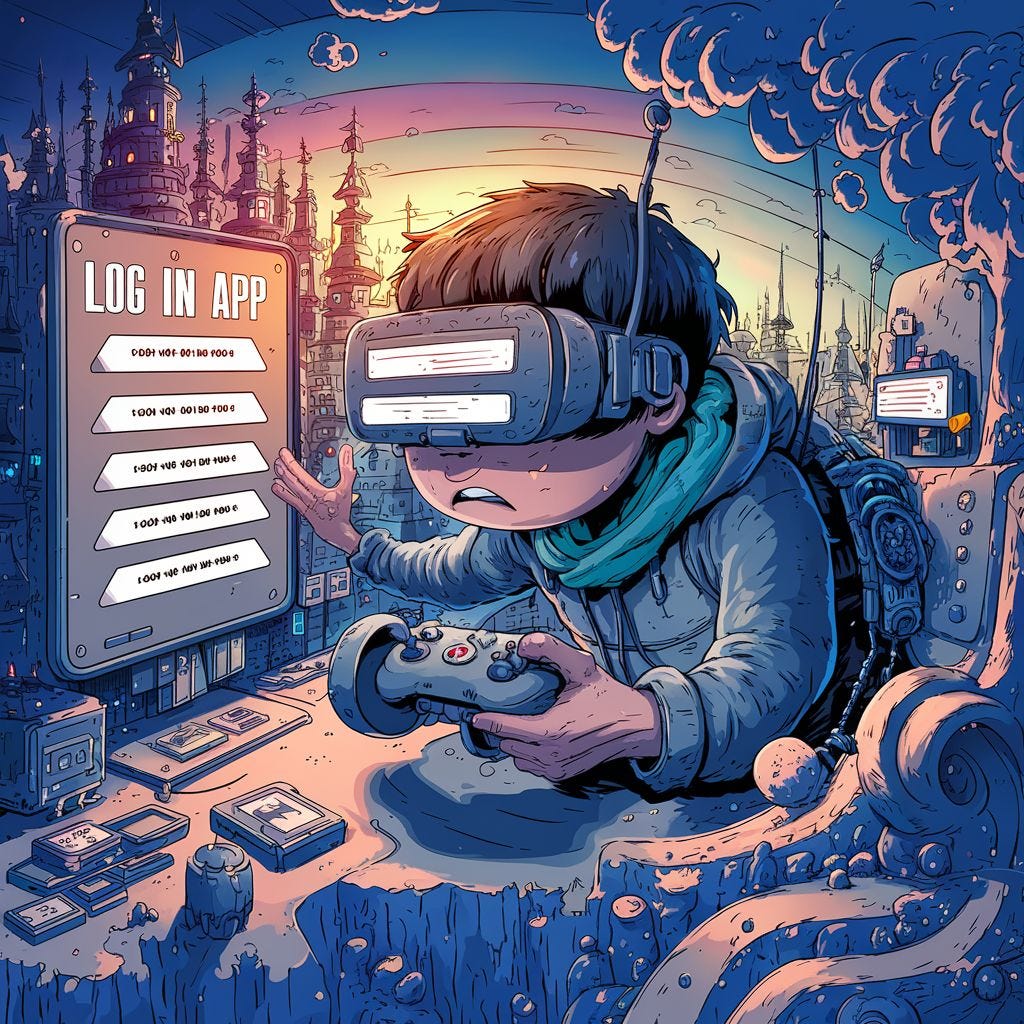Why are most Virtual Reality (VR) experiences so bad?
My professor often says that emerging VR/AR/MR tech comes and goes in waves. Apparently, we are in the third wave of this engineering masterpiece that began in the late 60s but for me, it wasn’t until a year ago that I started tinkering with different apps and experiences Quest 2 offered. As a UX designer and a regular gamer, I have to admit that most of my experiences have always been underwhelming. In this article, I ponder why these experiences miss the Mark by a mile. (pun intended)
Is it unfair to expect more?
To put things in perspective:
Don Norman coined the term User Experience barely 30 years ago and I would argue that the businesses truly understood the value of creating seamless experiences less than 10 years ago. In a subject filled with much research and has received a blinding spotlight, are we still too young to expect mature designs?
Heuristically speaking
I can confidently say that the majority of public-facing digital experiences have had to pull their socks and up their game (All eyes on you IRCTC). Customers understand and value a delightful experience. In quest for a satisficing goal, customers have built a quotient to judge a digital service. Terms like customer experience (CX) and brand image are closely tied to how many “Ooh nice” moments a product can induce in its users and heuristics have played a key role in a designer’s life. I can confidently say that designers have successfully translated these heuristics into directing phenomenal experiences in 2D. The foundations are set and innovation is routine. My confusion comes from how less these heuristics are being leveraged for VR experiences.
Skill issue or hardware issue
Prompt: A detailed illustration of a frustrated VR user, surrounded by a Ghibli-esque world, trying to log in to an app. The user is holding a VR controller, with a series of error messages displaying on the screen. The background showcases a whimsical and intricate cityscape, with floating islands and a colorful sunset. The overall atmosphere is a mix of a futuristic VR experience with a touch of traditional Ghibli animation style.
I’m willing to die on the mountain that good VR experiences do not *need* high fidelity graphics and animation. VR brings complete immersion at command and when “spatial designers” fail to do their diligence, all acquired immersion becomes a bottled annoyance. I’ve experienced some horrendous conventions to carry out the most basic tasks and it is baffling to me that they remain unchanged. For example, I was testing Glue- a virtual collaboration platform and just the act of signing up for the app was a workout and a half. The app does not use the standard reticle aids to aim and click. Users are forced to punch their fingers onto the virtual keyboard to type in their credentials. I will let your imagination generate an image of that experience. So who’s to blame here? The unrealized potential of hardware or the unnecessary attempt at reinventing the wheel.
What’s on the Horizon?
I am a big proponent of the idea that mobile phones are now a saturated asset. There’s barely any scope for innovation because of its current form and function. VR, AR, and MR help us break the 2D barrier and induce an influential immersion. UX designers must start understanding the nuances of spatial design, refining experiences, and using the conventional design language that now includes haptics and other interaction modules.






